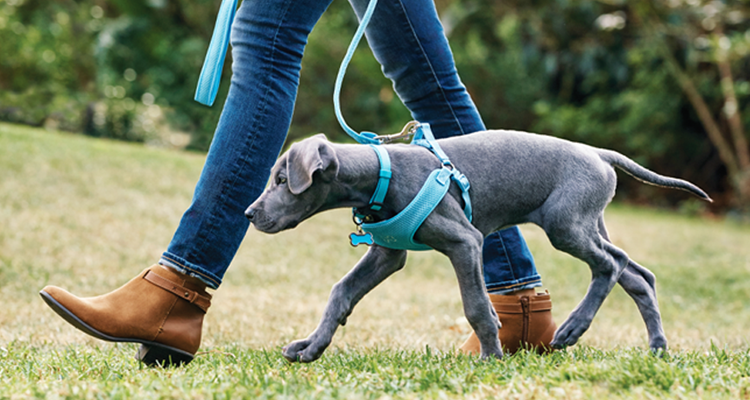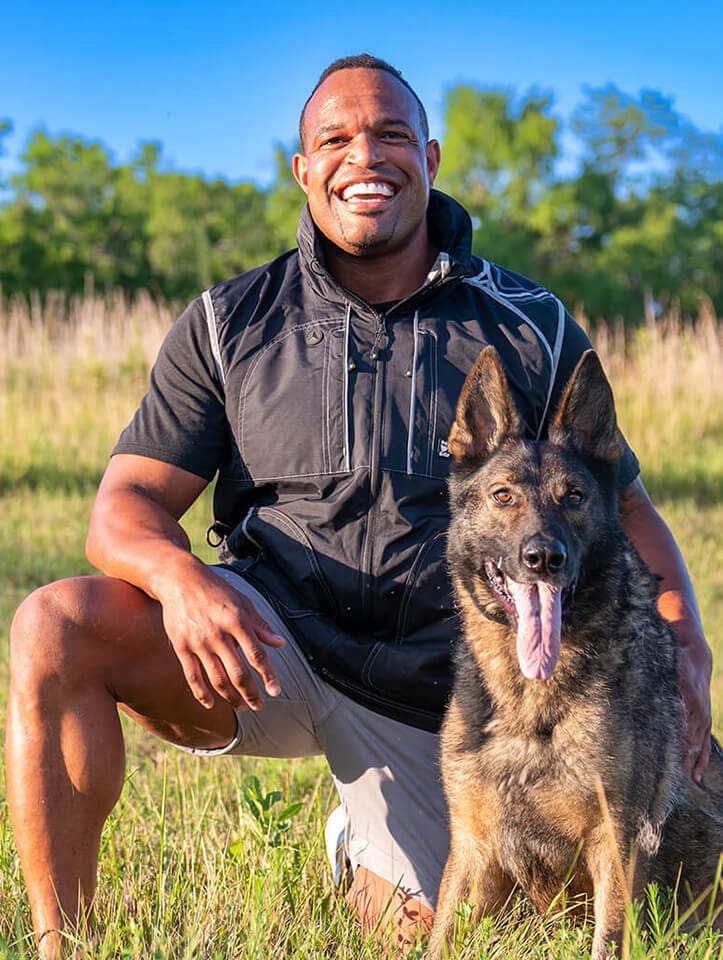Dog Training Techniques to Help Manage Aggressive Behavior in Dogs
Dog Training Techniques to Help Manage Aggressive Behavior in Dogs
Blog Article
Transform Your Pet dog's Habits With Proven Training Methods
Transforming your pet dog's habits calls for a nuanced understanding of their private traits and requirements, in addition to the application of proven training techniques. By using favorable reinforcement and recognizing important add their body language, you can effectively address common behavioral issues such as extreme barking or jumping. Consistency in your training method not only improves obedience yet additionally promotes a deeper bond of trust fund and regard in between you and your pet. Nonetheless, the path to effective change might present unanticipated difficulties that warrant further exploration.
Recognizing Pet Actions
Understanding canine actions is necessary for efficient training and communication in between human beings and their canine companions. Dogs, as social animals, display an array of actions influenced by genes, atmosphere, and experiences - Dog training. Identifying these habits aids owners customize their training approaches to satisfy the specific requirements of their canines
Secret facets of pet dog actions include body movement, articulations, and social interactions. A wagging tail often indicates excitement, while a reduced head might indicate submission or anxiety. Comprehending these signals can assist owners translate their canine's psychological state and react appropriately. Furthermore, socializing plays a vital function fit behavior; pets that connect favorably with various people and other pets are typically more well-adjusted and versatile.
Furthermore, recognizing tension signals-- such as pacing, panting, or evasion habits-- can avoid escalation right into more major concerns. Owners that are in harmony with their canine's habits can create a caring and safe environment, cultivating depend on and boosting the training process. Inevitably, a deep understanding of canine actions lays the structure for a harmonious connection and efficient training results, making certain both pets and their owners prosper together.
Positive Support Methods
Favorable reinforcement techniques are extensively identified as one of one of the most reliable methods for training pets, cultivating a favorable knowing atmosphere. This technique includes satisfying preferred actions with deals with, praise, or play, thus encouraging the pet to duplicate those habits. Unlike vindictive methods, positive reinforcement builds trust fund and reinforces the bond between the fitness instructor and the dog.
Incentives ought to be offered promptly following the wanted habits to aid the canine make the connection. Uniformity is also essential; utilizing the same commands and rewards assists the canine comprehend what is expected.
It is essential to note that favorable support is not regarding bribery; instead, it has to do with reinforcing etiquette. Over time, as the dog discovers to link certain actions with favorable outcomes, the frequency of incentives can be gradually lowered, transitioning to verbal praise or recurring benefits. This technique not just encourages obedience however likewise promotes a delighted and certain pet, making training a more enjoyable experience for both parties involved.
Addressing Typical Problems
Addressing usual issues throughout pet dog training is essential for guaranteeing a harmonious and effective partnership in between the canine and its owner. Several canine proprietors run into behavioral difficulties, such continue reading this as extreme barking, leaping, and chain drawing. Recognizing the origin of these habits is essential for reliable training.
Excessive barking might stem from boredom, anxiousness, or a lack of socializing. To alleviate this, give enough exercise, psychological stimulation, and possibilities for social interaction with both human beings and other pets. Jumping can commonly suggest exhilaration or a desire for interest. Educating the canine to rest upon welcoming can redirect this actions positively.
Chain drawing is one more prevalent problem, frequently resulting from a pet's eagerness to explore. Using correct leash managing strategies, combined with training protocols that encourage loose-leash walking, can substantially boost this behavior.
Additionally, problems like source guarding or separation stress and anxiety need customized approaches. Gradual desensitization and counter-conditioning can be effective in attending to these difficulties. By identifying and proactively handling these common issues, canine owners can foster a more pleasurable training experience and strengthen the bond with their canine companions.
Uniformity in Training

To achieve uniformity, it is important that all participants of the family adhere to the very same training techniques. For example, utilizing the same verbal signs and hand signals makes sure that the dog obtains uniform messages. In addition, the timing of rewards and modifications need to be constant; prompt reinforcement raises the probability that the dog will certainly link the behavior with the end result.
Regular method sessions, paired with organized schedules for feeding, walking, and playtime, assistance pets anticipate and understand their atmosphere, making them a lot more responsive to training. Inevitably, uniformity fosters a sense of safety and depend on, encouraging dogs to find out extra effectively.
Structure a Strong Bond
Just how can promoting a strong bond in between a dog and its owner enhance the training experience? When a pet feels safe in its connection with its owner, it is much more likely to show positive actions and be responsive to learning.
In addition, a strong bond promotes much better communication. Pets are experienced at reviewing human cues, and a relying on relationship enables clearer signals throughout training. Owners that spend time in building this bond through play, socializing, and positive reinforcement produce an environment where pets feel determined and next eager to find out.
In addition, a well-established connection can minimize anxiety and behavioral problems, as canines are less most likely to act out when they feel comprehended and looked after. For that reason, prioritizing the advancement of a strong bond not only enhances the training experience however also adds to a better and much more well-adjusted pet dog. Eventually, the journey of training changes right into a collaborative collaboration, resulting in lasting behavioral enhancements.
Conclusion

Proprietors that are attuned to their canine's habits can produce a secure and nurturing environment, promoting count on and improving the training process. Inevitably, a deep understanding of canine behavior lays the structure for an unified connection and reliable training end results, ensuring both canines and their proprietors grow together.
Addressing typical issues during dog training is necessary for ensuring a successful and unified partnership between the canine and its proprietor.Uniformity is a keystone of effective dog training, as it establishes a clear framework for the canine to recognize actions and assumptions.In conclusion, changing a canine's behavior through proven training methods needs an understanding visit here of canine actions, the application of favorable reinforcement techniques, and an emphasis on consistency.
Report this page